Shampoo is a daily essential for most of us, but who says it has to be one-size-fits-all? With a bit of creativity and know-how, you can create your own customized shampoos right at home!
As a formulator, you have the exciting opportunity to design shampoos tailored to specific needs whether it’s for normal, oily, dry, or even color-treated hair.
And guess what? It’s not as complicated as it sounds!
In this blog, we’re diving into the basics of shampoo creation, empowering you to bring your ideas to life. At Learn Canyon, a leading school for cosmetic formulation, we love helping people explore their creative side by crafting innovative beauty and personal care products.
Today, we’ll guide you through making a natural, sulfate-free shampoo featuring caffeine (extracted from coffee beans) and aloe vera juice. This simple yet effective formula is perfect for preventing hair loss and promoting healthy hair growth. Plus, it’s versatile, ideal for beginners and seasoned formulators alike.
The best part?
You can tweak the ingredients, play with fragrances, and customize the recipe to suit your hair care needs. Ready to transform your shampoo game and try something new?
Shampoos aren’t just about cleaning; they are designed to address specific hair and scalp conditions. To formulate a truly effective product, it is necessary to consider the diverse hair types and their unique needs.
- Normal Hair: Requires a gentle cleanser that maintains moisture balance without over-drying.
- Oily Hair: Needs ingredients that remove excess sebum and control scalp oil production.
- Dry Hair: Benefits from moisturizing agents like oils, butters, or emollients to hydrate and repair damage.
- Color-Treated Hair: Should include color-protecting ingredients to preserve vibrancy and prevent fading.
- Curly Hair: Requires added moisture, frizz control, and curl-enhancing ingredients for definition.
- Fine Hair: Lightweight formulations that add volume without weighing hair down are ideal.
- Thick Hair: Needs effective cleansing and detangling agents to manage density.
Specialized Shampoo Formulations
When formulating, it is important to solve specific hair concerns. Some popular types of shampoos and their primary functions are:
- Anti-Dandruff Shampoo: Includes antifungal agents to combat and prevent dandruff.
- Volumizing Shampoo: Boosts body and lift for flat, lifeless hair.
- Moisturizing Shampoo: Intensely hydrates and nourishes dry or damaged hair.
- Clarifying Shampoo: Removes product buildup and impurities from the scalp.
- Anti-Frizz Shampoo: Smooths and tames unruly hair for a polished look.
- Strengthening Shampoo: Repairs damage and prevents breakage.
- Sulfate-Free Shampoo: Gentle on hair, retaining natural oils.
- Organic Shampoo: Made from natural and certified organic ingredients.
- Baby Shampoo: Gentle, tear-free formulas for delicate hair and scalp.
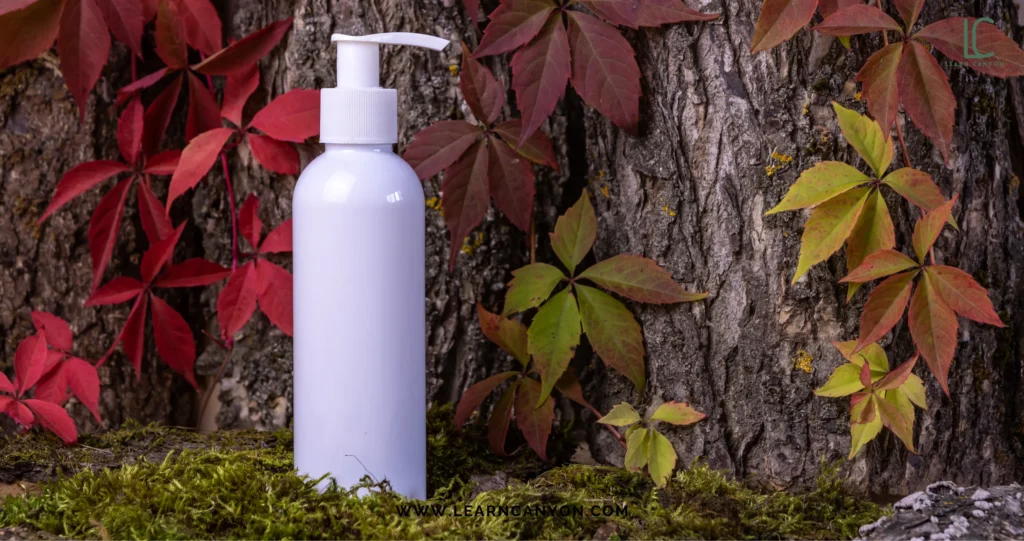
Knowing the Fundamentals
Let us first examine the basic ingredients of shampoo before moving on to formulation:
- Surfactants:The chemistry of shampoo revolves around surfactants. These have two parts one that is hydrophilic (loving water) and the other that is lipophilic (loving oil). Which are responsible for breakdown of grime and oil. The water-loving end interacts with the water you use to rinse, while the oil-loving end clings to the oil on your hair and scalp.
The cleaning agents that take away oil and debris from hair are called surfactants. Cocamidopropyl Betaine, Sodium Lauryl Sulfate (SLS), and Sodium Laureth Sulfate (SLES) are examples of common surfactants.
- Co-surfactants: These enhance washing and lessen irritation when used in conjunction with surfactants.
- Thickening agents: These make the shampoo more viscous, which facilitates application.
- Conditioners: These aid in hair detangling, softening, and enhancing its sheen.
- Preservatives: They stop mold and bacteria from growing.
All shampoos need to produce abundant foam to be effective, a quality shampoo especially one designed to prevent hair loss can provide excellent results without relying on heavy lather. Cream-based formulations, for example, cleanse gently while nourishing the scalp and strands. However, since many associate foam with cleanliness and effectiveness, creating a sulfate-free, hair loss-preventing shampoo that gently foams can elevate the user experience. Pair this with natural, scalp-nourishing ingredients like caffeine from coffee beans and aloe vera juice, combined with a light, refreshing fragrance, and you have a product that not only supports hair health but also makes every wash feel like a revitalizing ritual. By balancing gentle cleansing, soothing hydration, and luxurious sensory appeal, you can prepare a shampoo that transforms hair care into a moment of self-care.
You are prepared to make your own shampoo,
Now It’s time to collect apparatus
- Digital Scale
- Heat-Resistant Beakers
- Stirring Utensils
- Burners or Hot plate
- Thermometer
- Blender
- Pipettes or Droppers
- Container for Final Product
To begin with, let us make a small batch of 100 gms.
| Phase | Trade name | INCI Names | Weight (g) |
| A | Aloe vera juice | Aloe Barbadensis Leaf Juice, Potassium Sorbate, Sodium Benzoate, Citric Acid | 58.6 |
| A | Coffee powder | Coffea Arabica Seed extract | 2.0 |
| A | Fermented corn water | Zea Mays (Corn) Starch, Sodium Benzoate | 20.0 |
| B | PEG-120 methyl glucose dioleate | PEG-120 methyl glucose dioleate | 1.5 |
| B | Cocamide diethanolamine | Cocamide diethanolamine | 5.5 |
| C | Cocamidopropyl betaine | Cocamidopropyl betaine | 7.3 |
| C | Glycolic acid | Glycolic acid | 1.00 |
| D | Preservative ECO | Benzyl Alcohol, Salicylic Acid, Glycerin, Sorbic Acid | 1.00 |
| D | Beer | maltodextrin | 2.6 |
| D | Vitamin E | Tocopherol | 0.4 |
| E | Citric acid solution | Citric acid | 0.1 |
| Total: 100.00 |
role of each ingredient added in the formulation,
Aloe Vera Juice: Hydrates and soothes the scalp also Promotes healthy hair growth by reducing inflammation.
Sulfate-Free Coconut-Derived Cleanser: Cocoamide DEA, or cocoa diethanol amine, is a diethanolamide made by reacting the mixture of fatty acids from coconut oils with diethanolamine which gently cleanses hair without stripping natural oils. Provides a gentle lather while being eco-friendly and mild.
Coconut-Based Humectant Cocamidopropyl betaine: Retains moisture in hair, keeping it hydrated and shiny.
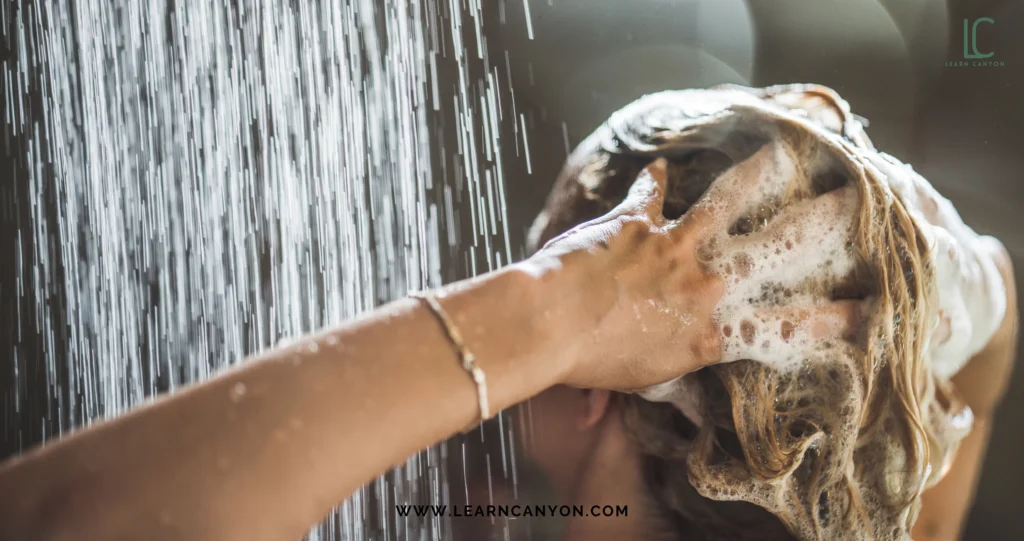
Caffeine derived from Coffee Beans: Caffeine from coffee beans stimulates hair follicles, promotes hair growth, and helps reduce hair fall by improving scalp circulation and strengthening roots.
Fermented Sugarcane-derived AHA Alpha hydroxy acid: Glycolic acid is an alpha-hydroxy acid (AHA) is used to exfoliate the scalp and treat hair for dandruff, promotes hair growth, strengthen hair and prevent breakage, help balance the pH of shampoo, protecting hair shafts from damage.
PEG-120 methyl glucose dioleate : Naturally derived PEG-120 methyl glucose dioleate is a cosmetic ingredient used as a gentle thickener, emulsifier and stabilizer in shampoos. It enhances texture, provides a luxurious feel, and improves the spreadability of the product while being mild on hair and scalp. It is also known as DOE-120.
Natural Preservative Preservative ECO: It is a natural preservative that protects product and consumer from microbial contamination. Effective against molds and yeasts and some bacteria. Ensures products stability without harmful effects.
Hair Conditioning & Moisturizing Agent Beer, INCI name of beer is maltodextrin : made from fermented sugars, is rich in nutrients like B vitamins, proteins, and natural sugars that help condition and strengthen hair. It smooths the hair cuticle, adds shine, and improves manageability, making it a natural choice for healthy hair care.
Vitamin E : Vitamin E is a powerful hair moisturizer and nourisher, helping to lock in hydration, repair damage, and promote a healthy scalp. It also enhances hair strength and shine, supporting overall hair vitality.It also improves manageability, softness, and shine.
Citric acid: A weak organic acid that can help to adjust pH to a range of 4.5–5.5, ideal for hair and scalp and preserves hair care products. It is combined with other natural preservatives to make it more effective.
Let us now understand it’s Formulation method
- Preparation:
Ensure all tools, containers, and your workspace are thoroughly cleaned and sterilized to maintain product safety and hygiene. - Heat Phase A:
Combine all ingredients listed under Phase A in a clean beaker. Place the beaker in a water bath and heat to 70°C, stirring until the mixture becomes uniform and homogeneous. - Heat Phase B:
In a separate beaker, heat the ingredients listed under Phase B to 70°C. - Combine Phases:
Once both phases reach the desired temperature, remove them from the heat. Gradually mix Phase A into Phase B while stirring gently to prevent excessive foam formation. - Cool and Add Phase C:
Allow the mixture to cool to approximately 55°C, then incorporate the ingredients listed under Phase C. Stir well to ensure they are evenly distributed. - Add Phase D:
When the mixture cools to around 45°C, add the Phase D ingredients while stirring continuously. If desired, include a mild natural perfume at this stage and mix thoroughly. - Adjust pH:
Once the product reaches room temperature, test its pH and adjust it to the optimal range of 4.5–5.5, ideal for hair and scalp. If needed, add citric acid (Phase E) gradually until the desired pH is achieved.
Ensure all ingredients are evenly blended so a smooth and uniform shampoo is prepared. Transfer the shampoo into clean, airtight bottles or containers.
Troubleshooting
1. Shampoo is too thin or thick then try to adjust PEG-120 methyl glucose dioleate and Coco amido propyl betaine quantities.
2. Products separate over time then change the stirrer used and mixing duration.
3. Low foaming then review ingredient sources and reduce antifoam agents.
As a formulator, selecting the right packaging is just as important as crafting an effective product. For this sulfate-free, hair loss-preventing shampoo, I recommend opting for eco-friendly, recyclable bottles, reusable tins, or biodegradable tubes to minimize environmental damage. For a more premium feel, luxurious glass jars can also be an excellent choice. Adding a convenient pump will enhance functionality, making the product easy to use.
The label design plays a vital role in communicating the shampoo’s benefits. It should clearly display essential information such as the date of preparation, expiry date, key ingredients, and net content.
Highlight features like “Sulfate-Free” and “Prevents Hair Loss” prominently so that buyers immediately understand the value of the product.
To reinforce the natural and sustainable message, use colors inspired by nature, such as greens, earthy tones, or soft blues. Incorporate clear lines and visuals, such as illustrations of raw materials like coffee beans or aloe vera leaves, to connect the packaging to the product’s core ingredients. This approach ensures the packaging is not only functional but also visually appealing which reflects the formulation.
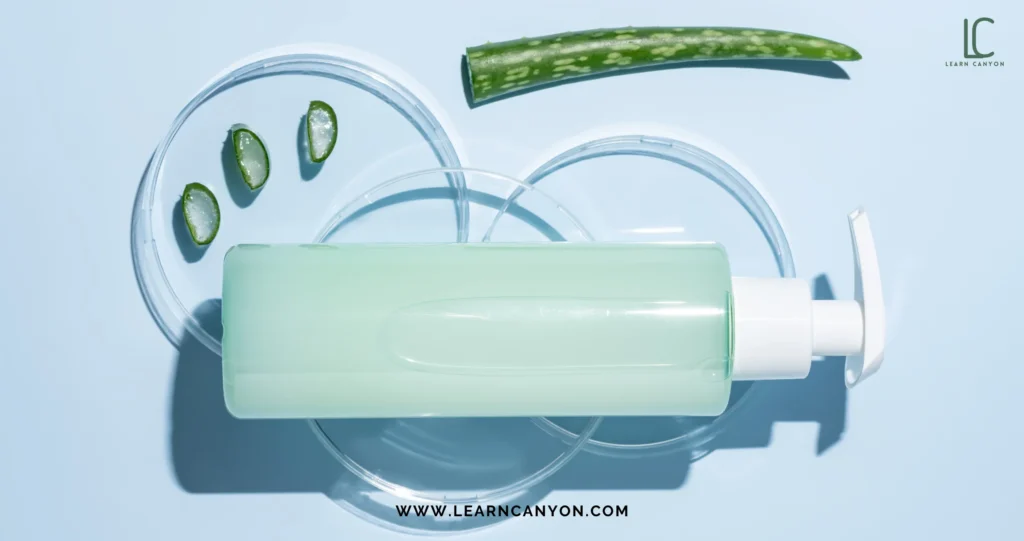
Testing and Quality Assurance
As a formulator, ensuring the quality, safety, and effectiveness of any product is a top priority. For our sulfate-free, hair loss-preventing shampoo, testing is important at every stage to deliver a product that meets the highest standards and exceeds customer expectations.
1. Stability Testing: Evaluate the product performance under various conditions, such as temperature and humidity, to confirm its shelf life and consistency over time.
2.pH Testing: Maintain a pH range compatible with the scalp and hair (4.5 to 5.5). This balance is essential for promoting healthy hair growth, reducing hair thinning, and preventing irritation.
3. Microbial Testing: Verify the product’s safety by ensuring it is free from harmful contaminants like bacteria, yeast, and mold. This step guarantees user safety and product integrity.
4. User Trials: Conduct trials with real users to gather feedback on performance, texture, fragrance, and overall satisfaction.
Prepare Yourself and Experience the difference.


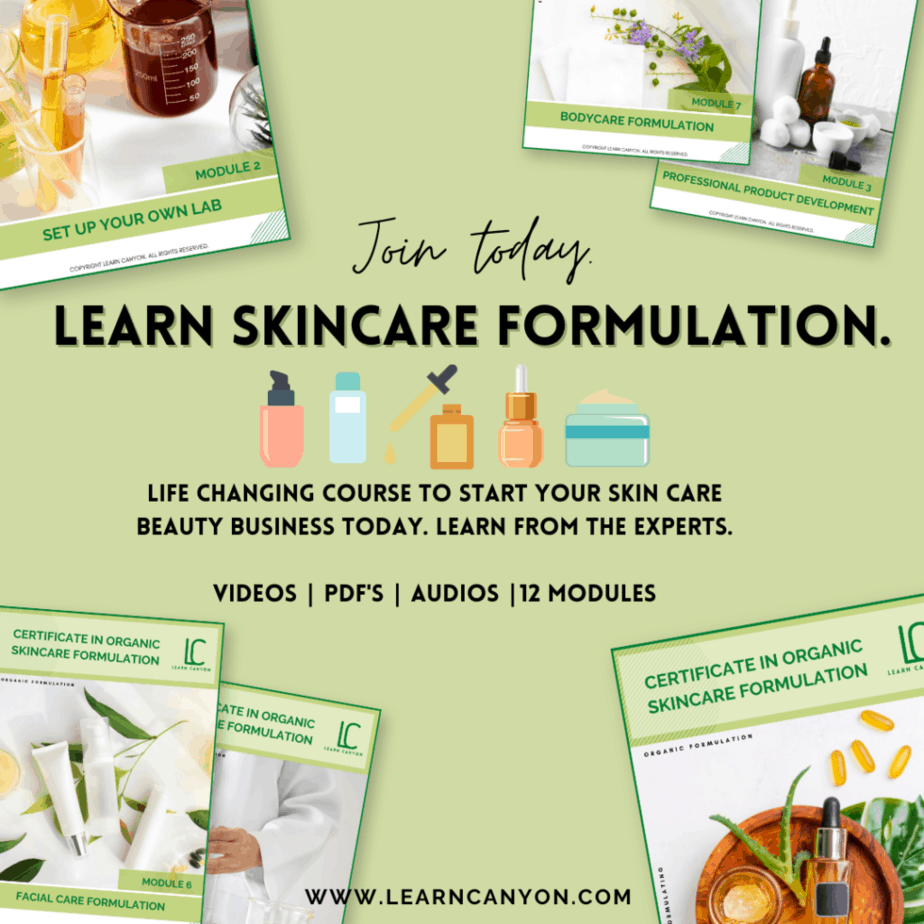
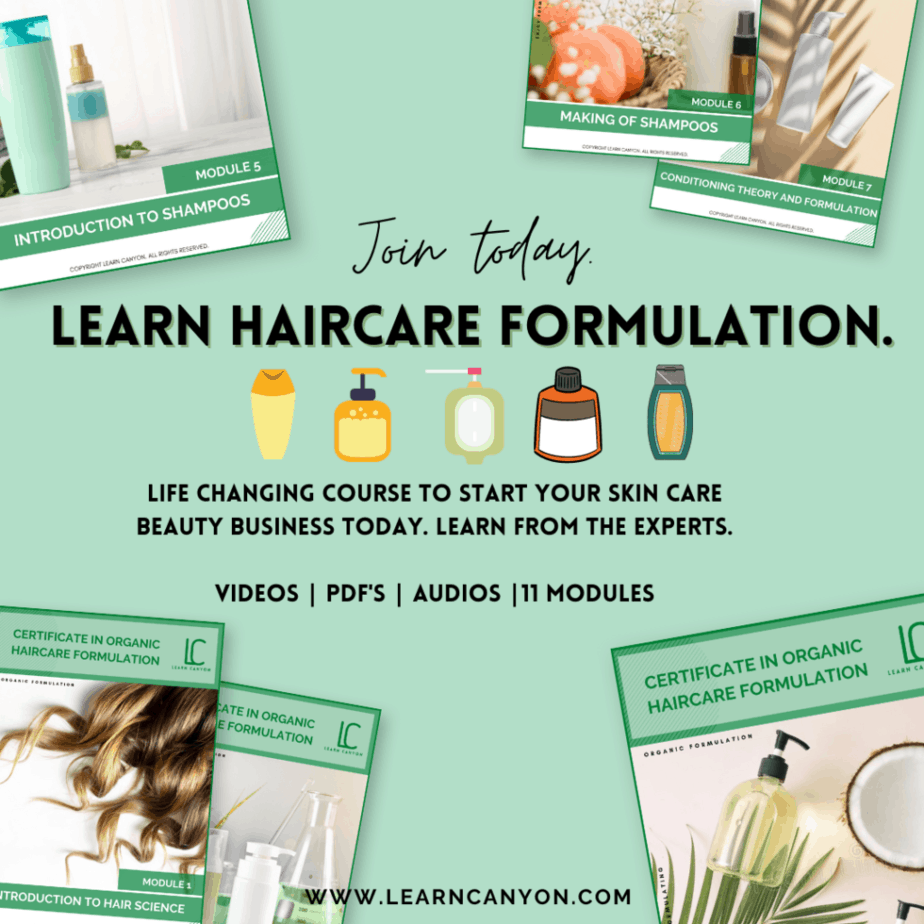
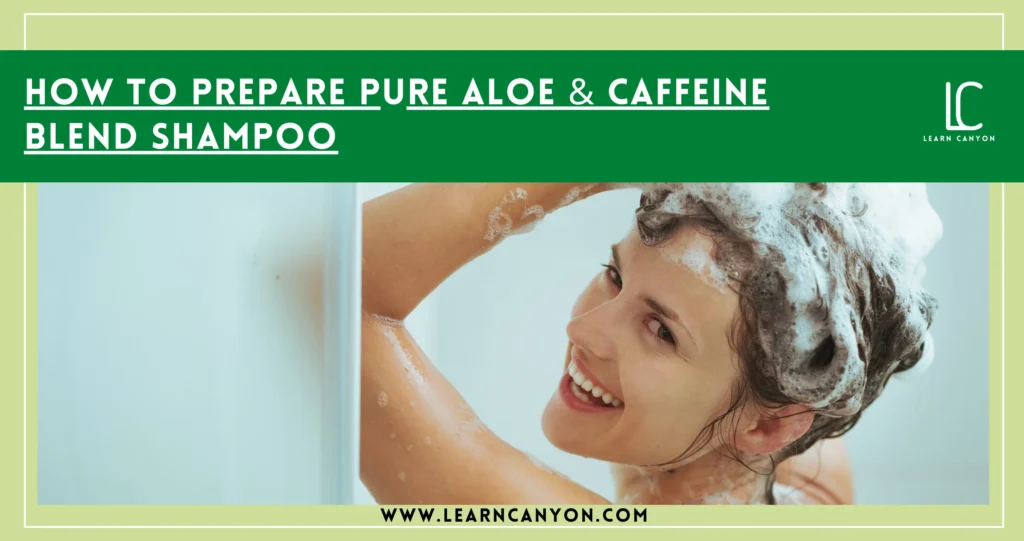

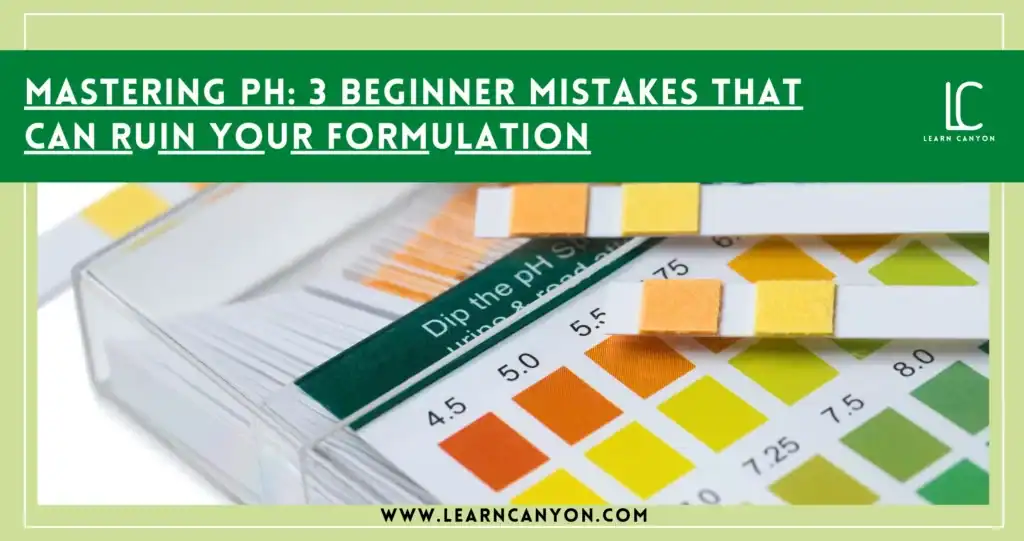
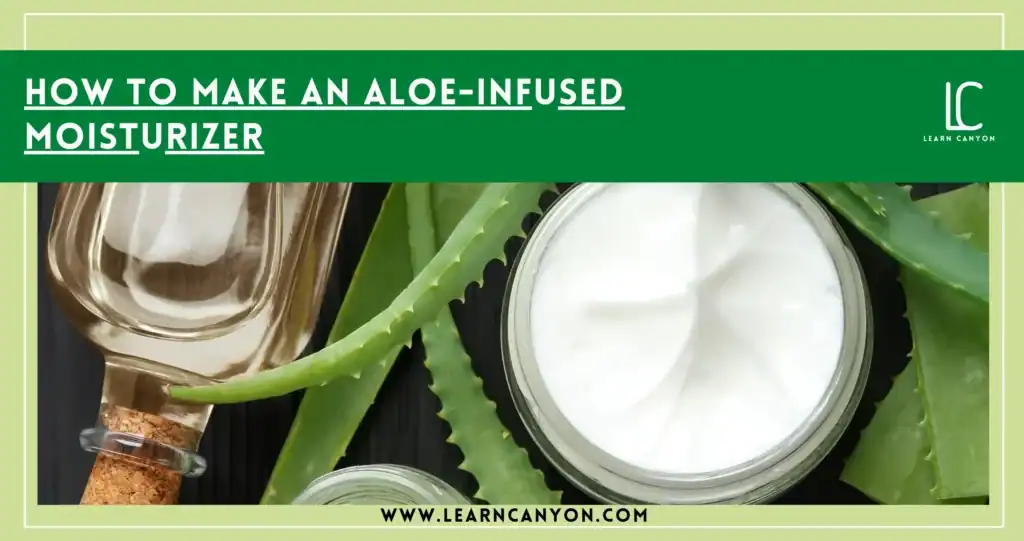
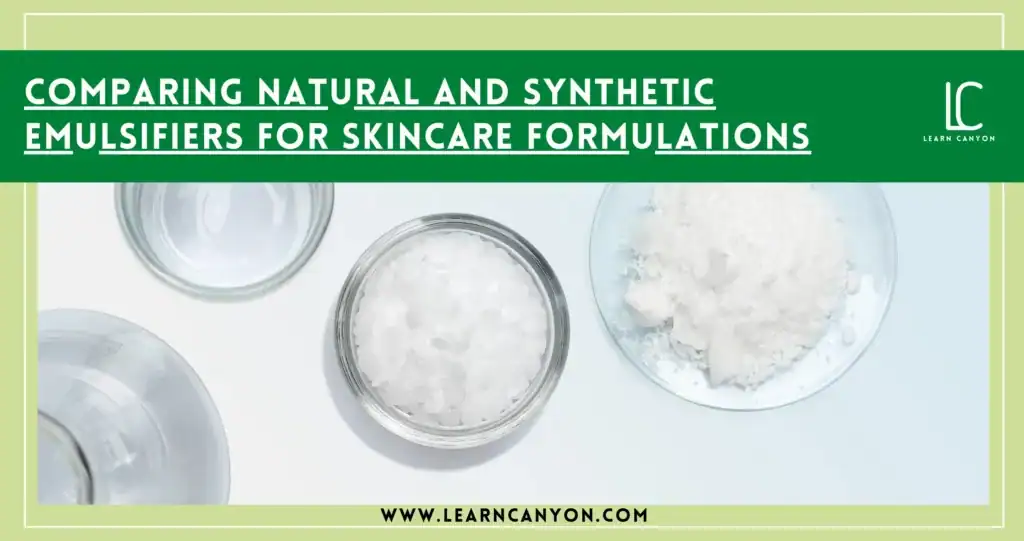



1 thought on “How to prepare Pure Aloe & Caffeine Blend Shampoo”
Greatly curated work, and insights! Amazing content.